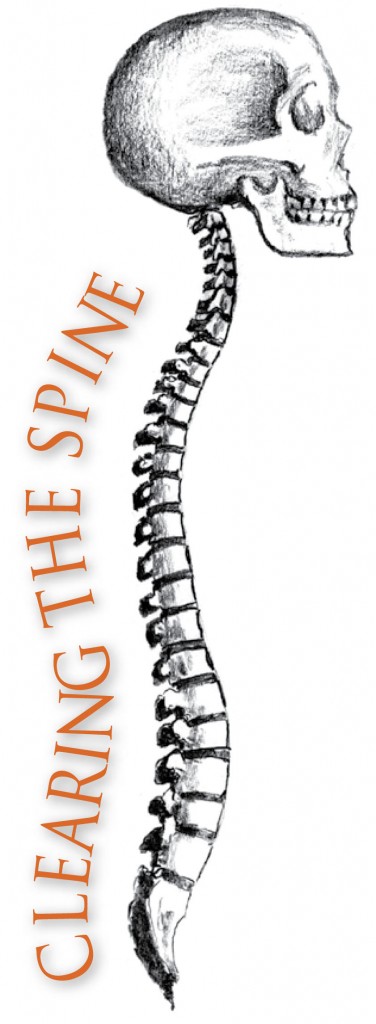New Hampshire’s New C-Spine Protocol – 2014

ISSN1059-6518
Volume 27 Number 4
C- Spine Protocol
By Paul MacMillan, AEMT
The State of New Hampshire Bureau of EMS instituted a new Cervical Spine Protocol. We applaud the New Hampshire Medical Control Board for approving this new protocol which represents a significant change in the practice for EMS providers.
For decades the approach to patient immobilization has been accepted and implemented as the standard for care with little scientific evidence justifying this practice. There is also very little data that shows that immobilization in the field has a positive effect on neurological outcomes in patients with blunt or penetrating trauma.
What has been troubling looking at this standard of care is the lack of emphasis on the assessment of the patient before making a decision about immobilization. Historically, emphasis has been on the Mechanism of Injury (MOI) and not on what actually happened to the person. For example we have been trained to look at the damage to the vehicle at a motor vehicle accident or guess how far someone fell and what he or she might have hit on the way down. Because of the severity of the MOI, we would fully immobilize the patient as a precaution.
Because of new technologies and materials were implemented to improve passenger safety in vehicles, vehicle damage may no longer be a strong indicator for spinal injury. Vehicles are now designed to crumple, absorb, and dissipate the kinetic energy produced in a collision and protect the passenger cabin. EMS textbooks advocate backboarding patients that were involved in motor vehicle accidents where there is significant damage to the cars.
In the case of falls, you also need to consider the patient’s overall physical condition. Is the patient a young physically fit, very athletic 20-year-old or an active geriatric patient that has taken this fall? These factors all have to play into a spinal assessment, so it is not just based on the MOI.
With this in mind and all the research that has been done in Europe on the management of possible spinal cord injuries in the pre-hospital setting, in New Hampshire we now have to “rule in a spinal cord injury” versus the “rule out a spinal cord injury” or “when in doubt, board the patient.” We now rely on our patient assessment skills to determine spinal trauma less than the MOI.
We use the same spinal-clearing protocol that we have been teaching in the wilderness setting. According to N.H. Protocols, patients who have experienced a mechanism of spinal injury require spinal motion restriction and protection of the injury site if they exhibit:



 Pre-hospital personnel are trained to treat all possible spinal cord injuries based primarily on the Mechanism of Injury (MOI), as well as signs and symptoms.
Pre-hospital personnel are trained to treat all possible spinal cord injuries based primarily on the Mechanism of Injury (MOI), as well as signs and symptoms.